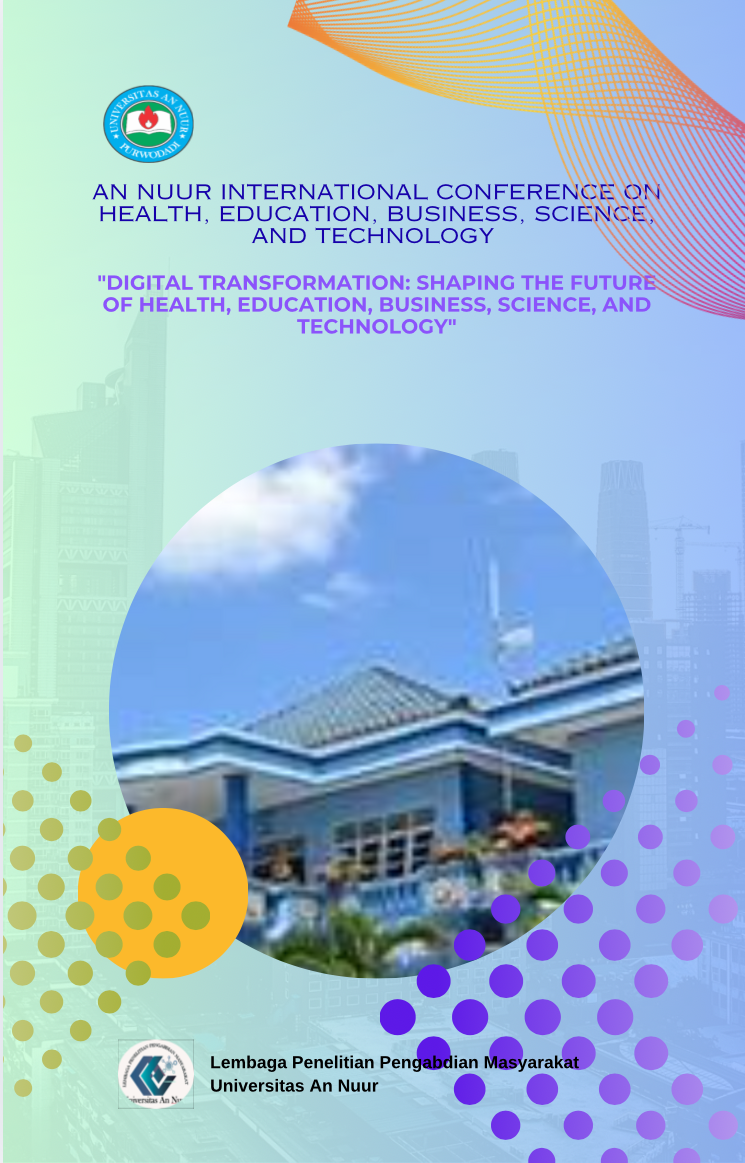THE ANTIHYPERTENSIVE POTENTIAL OF ROSELLE (HIBISCUS SABDARIFFA) EXPLORING VASODILATORY, ANTIOXIDANT, AND DIURETIC EFFECTS
Kata Kunci:
Blood Pressure, Hypertension, Dried Hibiscus, Fresh HibiscusAbstrak
Background; Hypertension is a cardiovascular disease characterized by an increase in blood pressure beyond normal levels, which can lead to various complications and even mortality. The high prevalence of hypertension cases has prompted researchers to investigate the use of herbal remedies as antihypertensive drugs, one of which is the infusion of hibiscus tea. Methodology; This study employed a quasi-experimental method with a pre-post test group design. Simple Random Sampling was used as the sampling method, with a total of 36 respondents aged 45-65 years, having systolic blood pressure ranging from 140-150 mmHg and diastolic pressure below 95 mmHg, divided into two groups: the dried hibiscus tea group and the fresh hibiscus tea group. Results; There were significant differences in both systolic and diastolic blood pressure between the pre-test and post-test measurements in the dried hibiscus tea group (p-value=0.000), as well as in the fresh hibiscus tea group (p-value=0.000). Furthermore, there was a significant difference in the reduction of systolic and diastolic blood pressure between the dried hibiscus tea group and the fresh hibiscus tea group, with p-values of 0.000 and 0.004, respectively. The average reduction in systolic blood pressure for the dried hibiscus tea group was 14.17 mmHg, while for the fresh hibiscus tea group, it was 11.22 mmHg, with a difference of 2.93 mmHg. The average reduction in diastolic blood pressure for the dried hibiscus tea group was 9.05 mmHg, while for the fresh hibiscus tea group, it was 8.05 mmHg, with a difference of 1 mmHg. Conclusion; The study concludes that there is a difference in the effects of dried hibiscus tea and fresh hibiscus tea on blood pressure reduction. This research is expected to contribute to the literature and expand knowledge regarding the use of dried and fresh hibiscus tea in lowering hypertension. The next researcher who wishes to further develop this study is advised to use a different research design and variables




